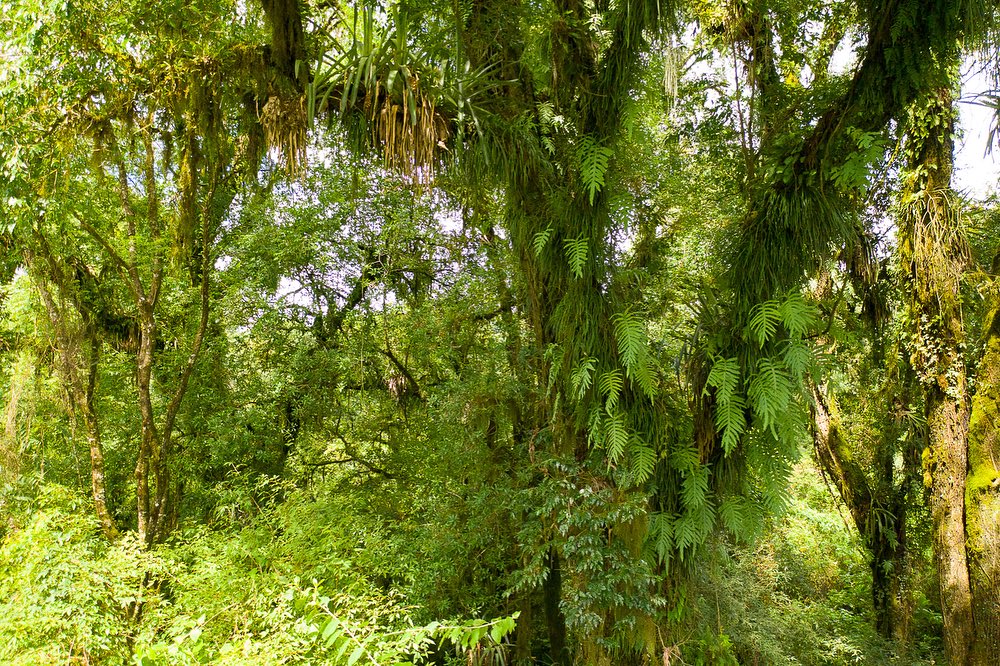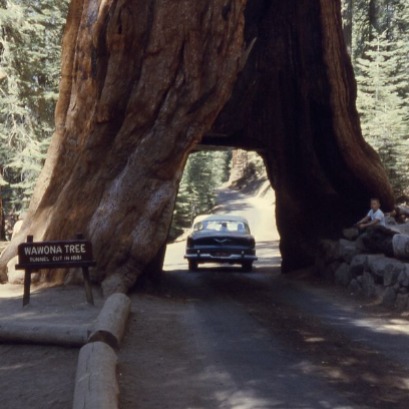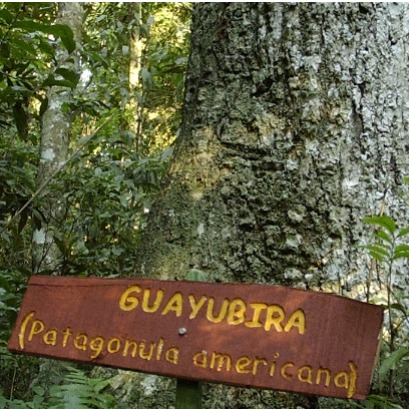
Tucuman | The Santa Ana forest reserve in the Yungas was declared a new provincial park
The government of the province of Tucumán made progress in the recategorization of the Santa Ana Protected Natural Area, of 14,500 hectares, as a provincial park
It arises from the effort in the negotiations between the Tucuman Ministry of Productive Development, provincial legislators and the Rewilding Argentina Foundation. It is one of the largest protected natural areas in Tucumán, as well as the southernmost protected area in Yunga.
The regulation, which declares this territory of 14,500 hectares as a "protected natural area", also provides for different actions aimed at "achieving the gradual recomposition of the biodiversity of the ecosystem of Las Yungas."
Bordering the Aconquija National Park and located in what was the Santa Ana Reserve, created in 1972 on the land of an old sugar mill, this new Provincial Park thus increased the protection of one of the southernmost and most important portions of the mountain forests. or yungas, including highly threatened sectors of foothill forest.
"The environmental project also contemplates the ecological restoration of the place, through the reintroduction of extinct species and the recovery of threatened species, in order to recompose the wildlife of the Yungas ecosystem and favor the biodiversity corridor that forms the two protected areas" , indicated from the NGO Rewilding Argentina.
In addition, the new park provides for public use of the area, which will require planning the development of nature tourism infrastructure and will provide new development opportunities for neighboring communities.
The unit is located in the southwest of the province of Tucumán, covering part of the lands that belonged to the former Santa Ana Sugar Mill, located in the Aguilares area.
Biogeographically it is located in the Yungas, extending over relatively low and gently broken mountain ranges further apart from Aconquija, leaning against the Cumbres de Santa Ana, constituting part of the Chico River basin.

IT MAY INTEREST YOU
 Wawona tree: the tourist attraction of the United States that disappeared in 1969
Wawona tree: the tourist attraction of the United States that disappeared in 1969
It was created in 1881 and became a very popular place during the following decades. However, when the tree fell at the close of the 1960s, everything changed. Wawona tree was the name that had a tourist attraction from the United States, which remained standing from 1881 to 1969 in Mariposa Grove, Yosemite National Park, California.
 Know the Guayubira tree: one of the native timber species of the missionary jungle
Know the Guayubira tree: one of the native timber species of the missionary jungle
With information from the Native Missions Species Manual (2024), developed in collaboration between the Faculty of Forest Sciences of the UNAM and the United States Forest Service (USFS) through the Project Update and Edition of the Wood Identification Manual of the Missionary Jungle, we share information from each digital tab that includes dendrological and anatomical characteristics. The manual was elaborated in the Wood, Dendrology and Dendrocronology Anatomy Laboratory (LAMDYD) of the Faculty of Forest Sciences in Eldorado, National University of Misiones.
 Combilift and CMETB Celebrate 10 Years of Pioneering Engineering Traineeship
Combilift and CMETB Celebrate 10 Years of Pioneering Engineering Traineeship
This week saw a landmark celebration at Combilift?s global headquarters in Monaghan, marking the 10th anniversary of the highly successful OEM Engineering Traineeship?a collaborative initiative between Combilift and the Cavan and Monaghan Education and Training Board (CMETB). The event, which welcomed past graduates, current trainees and local educators, underscored the programme?s evolution from a local skills initiative to a cornerstone of regional industrial development.





















